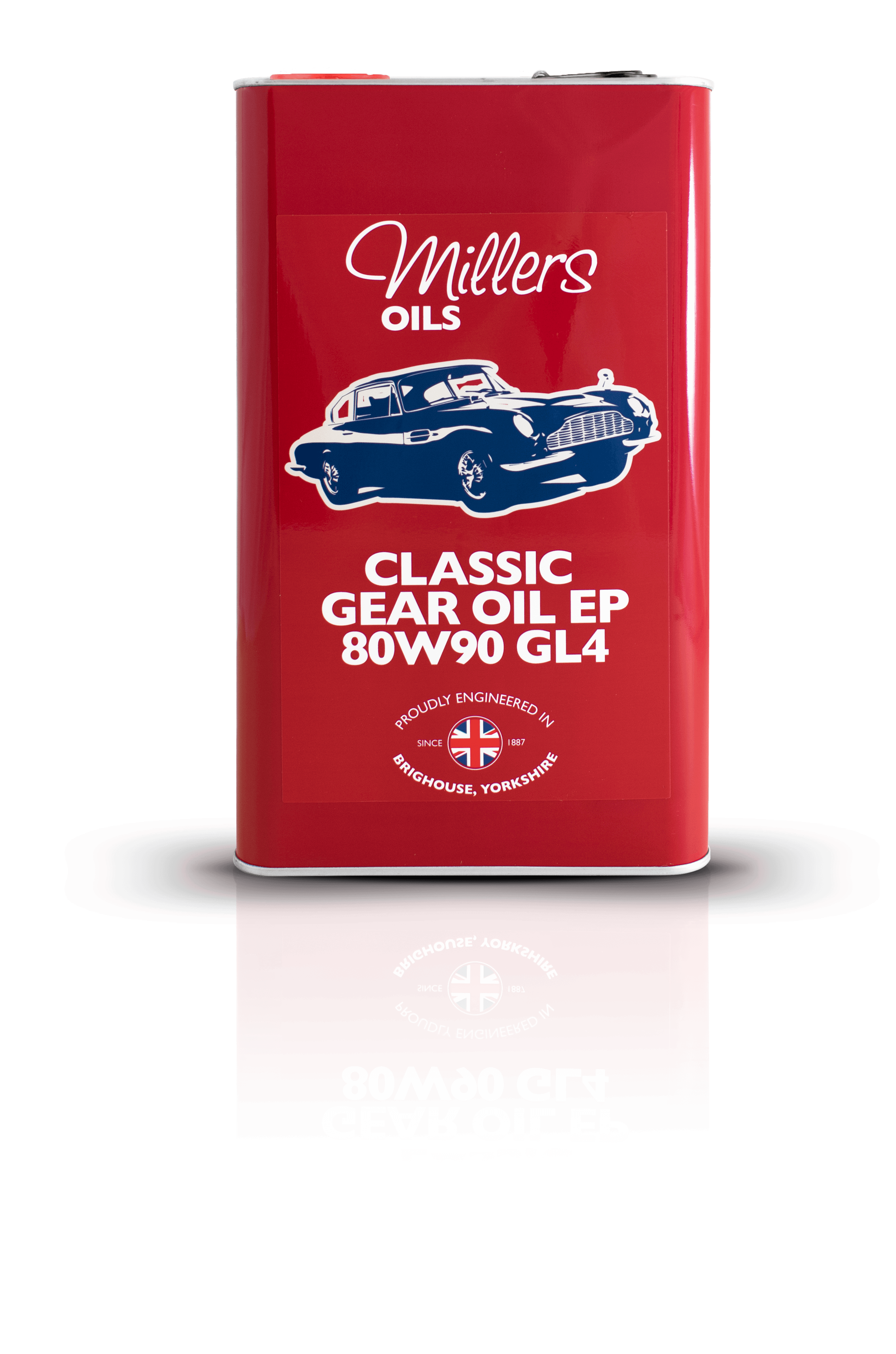I have been told that some gearbox oils are GL5 these oils have an additive (EP) that attacks Bronze bushes. The oil I am useing Penrite 80-90 is GL4 these oils contain 50% less (EP).
I am concidering changing the oil now that I have been made aware of this information.
Am I the last to know? I hope that this information is valuble to other people who read this forum.
I am concidering changing the oil now that I have been made aware of this information.
Am I the last to know? I hope that this information is valuble to other people who read this forum.




